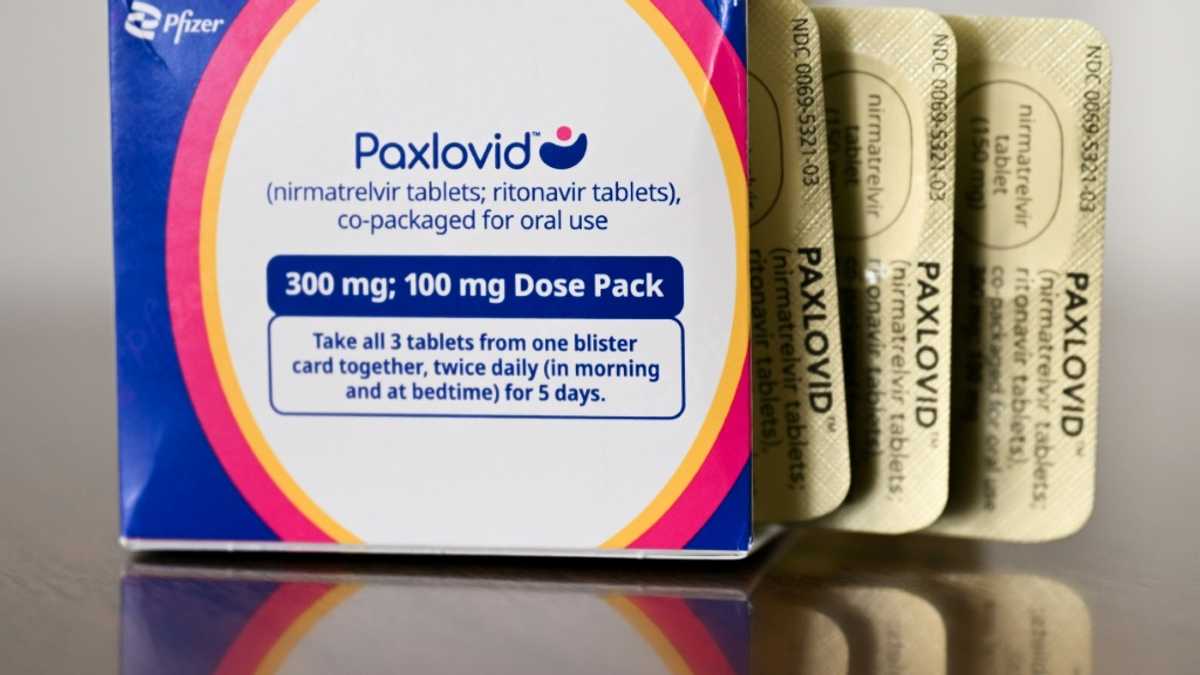What Is Type-5 Diabetes? Understanding The Difference And Its Symptoms
Home » Diabetes » What Is Type-5 Diabetes? Understanding The Difference And Its Symptoms
By: Aayushi Singh Chauhan Updated: Apr 15, 2025 03:03 IST
3-Min Read

What Is Type-5 Diabetes? Understanding The Difference And Its Symptoms
While most of us are familiar with type 1 and type 2 diabetes, medical science is continuously evolving to classify more complex forms of this metabolic disorder. One such emerging category is type-5 diabetes, a form being recognised in research communities under a more nuanced classification system that includes Latent Autoimmune Diabetes in Adults (LADA) and Maturity-Onset Diabetes of the Young (MODY). Type-5 is often associated with MODY, a rare form of genetic diabetes. According to the American Diabetes Association (ADA) and Diabetes UK, recognising these subtypes is critical for correct diagnosis and treatment.
Type-5 diabetes is not commonly diagnosed because it mimics features of both type 1 and type 2 diabetes. It is mostly linked to genetic mutations and typically develops at a younger age; often before the age of 25, without signs of insulin resistance. Here are key symptoms and facts that distinguish type-5 diabetes (MODY).
Unlike type 1 or 2 diabetes, MODY (often classified under type-5) is passed down in families through autosomal dominant inheritance. If one parent has MODY, there's a 50% chance the child will inherit the condition.
People with MODY usually develop high blood sugar levels before the age of 25, but unlike type 2 diabetes, they do not show signs of obesity or insulin resistance. This is what makes MODY distinct.
Because MODY shares overlapping symptoms with other types of diabetes, many are wrongly diagnosed and treated accordingly. According to Diabetes UK, genetic testing is the only way to confirm MODY or type-5 diabetes.
Unlike type 1 diabetes, where insulin therapy is essential, many MODY patients can manage their condition with oral medications like sulfonylureas or even lifestyle changes, depending on the subtype.
Individuals with MODY often have moderately elevated blood sugar levels that don't lead to the same acute complications seen in type 1 diabetes. However, long-term complications still exist if left unmanaged.
In contrast to type 1 diabetes, where the immune system attacks insulin-producing cells, MODY does not involve autoimmunity. This is an important clue in differential diagnosis.
There are at least 14 known forms of MODY, each caused by a different genetic mutation. The most common are HNF1A-MODY and GCK-MODY, which affect how the pancreas regulates insulin or senses glucose.
Given its genetic nature, doctors often recommend screening family members of those diagnosed with MODY. Early diagnosis can help in tailoring treatment and preventing complications.
Type-5 diabetes, especially in the form of MODY, is a reminder that not all diabetes fits the traditional mould. Awareness, accurate diagnosis, and genetic testing play key roles in managing this rare condition. If you or a loved one shows signs of early-onset diabetes without typical risk factors, consult a specialist for further evaluation.
Disclaimer: This content including advice provides generic information only. It is in no way a substitute for a qualified medical opinion. Always consult a specialist or your own doctor for more information. NDTV does not claim responsibility for this information.
DoctorNDTV is the one stop site for all your health needs providing the most credible health information, health news and tips with expert advice on healthy living, diet plans, informative videos etc. You can get the most relevant and accurate info you need about health problems like diabetes, cancer, pregnancy, HIV and AIDS, weight loss and many other lifestyle diseases. We have a panel of over 350 experts who help us develop content by giving their valuable inputs and bringing to us the latest in the world of healthcare.













